Wind, The (1928)
“Day in, day out, whistlin’ and howlin’ — makes folks go crazy, especially women!”
|
Synopsis: |
|
Genres, Themes, Actors, and Directors:
Review: Peary accurately notes that “The Wind is beautifully acted by Gish and the talented, handsome Hanson”, whose portrayal here in a tricky role possesses a surprising amount of subtlety and emotional nuance. Gish, of course, can’t be equalled: as Peary notes, she’s “dynamic in a role that lets her run the gamut of emotions”, and “well aware… it is through her incredible eyes that we perceive the changes her character goes through”; he argues it’s likely that “no one was more aware of the camera than this shrewd actress”. Meanwhile, the film itself is “exquisitely photographed (by John Arnold), with much emphasis on motion”, and Sjostrom creating a “tremendous sense of claustrophobia with repeated shots of the sand swirling towards windows and penetrating everything”. (To that end, one can’t help wondering what area of Texas actually has sandy wind storms that are this insistent and this devastating; would people really choose to live in such a place, given any other option?) The Wind (like all of Sjostrom’s work) is filled with many memorable, psychologically complex images — not just Gish’s “fantasized image of a white horse charging through the skies”, but her very breakdown itself, represented with increasingly expressionistic flair as the elements around her (the incessant sand storms, lecherous Love’s creepy return) eventually destroy every bit of resistance she possesses. Without saying more about the film’s controversial denouement (changed at the insistence of the producers), I will note that the ending manages to satisfy on multiple levels: Gish’s ultimate fate (while perhaps “a little hokey”) is the only one we would have wished for this most put-upon of feminist heroines. Redeeming Qualities and Moments: Must See? Categories
(Listed in 1001 Movies You Must See Before You Die) Links: |
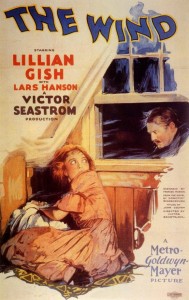

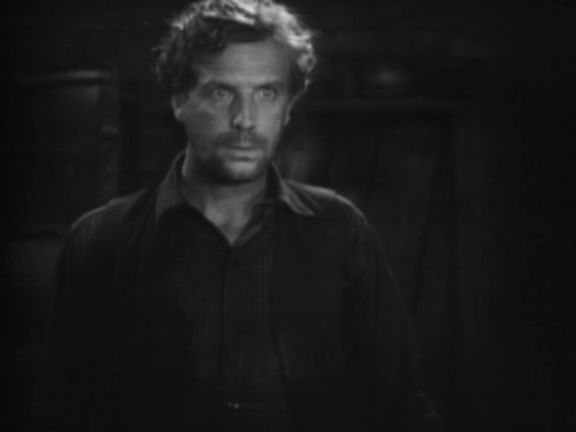
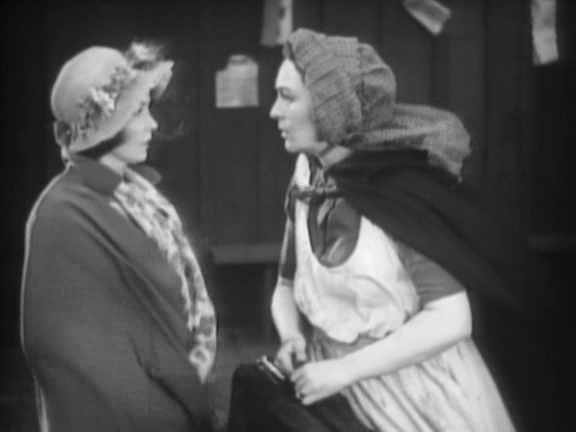

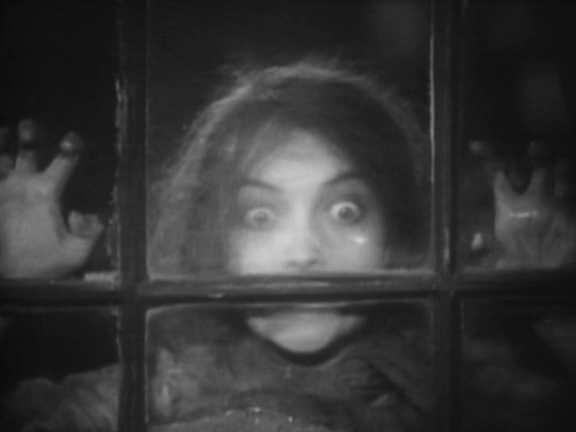
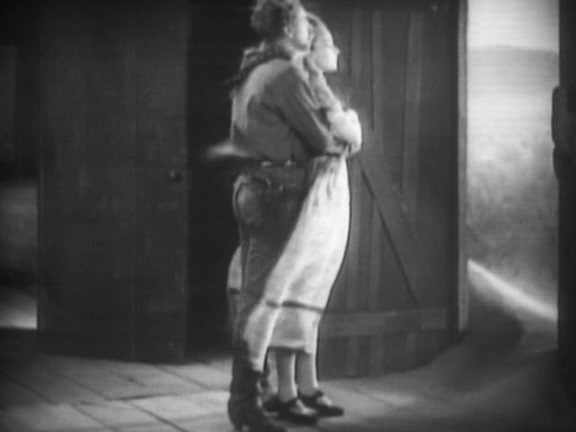
One thought on “Wind, The (1928)”
A must, for the performances and direction; a unique film among silents.
This has always been among my favorite silent films, though I’ve only seen it a few times. The emphasis is on mood and visuals; there really isn’t all that much dialogue. For me, that concentration heightens my feeling that ‘The Wind’ (a film I see as largely metaphorical) is set against an emotional landscape rather than a physical one. Gish is suddenly in a series of uneasy situations and, although we can actually see what’s happening to her, we might as well be in her mind. Occasionally her mind calms – the wind is not always raging…but usually it is. That’s just my view and how the film works best for me personally.
Fave sequence: the entire mid-section, once Letty and Lige are married. Sjostrom is not afraid to take the time necessary throughout this sequence for us to feel the complete awkwardness of these two strangers basically starting out a life together. The kissing scene is handled expertly, as is its aftermath.
The worst thing that happens to Gish is indeed controversial and it’s taken right to the edge of where it could go for the film’s time. It’s certainly effective.
Overall, for a 1928 film, ‘The Wind’ is rather adult in nature. As for the ending…tho normally I would complain too about studio interference with a conclusion, I can’t honestly fault the studio here. Gish’s Letty receives the dignity she deserves.